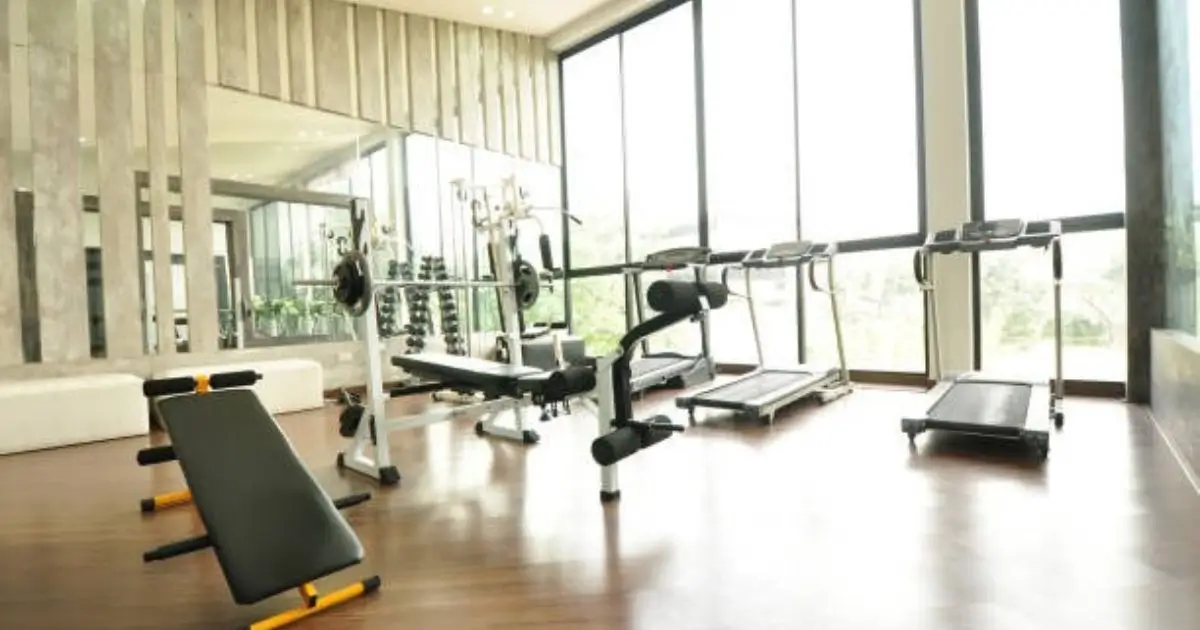Are you often battling slung shoulders, lingering back discomfort, or that annoying sensation that your posture simply isn’t what it should be? You are not by yourself. Poor posture has become an epidemic in our lazy society, causing discomfort, lower confidence, and even long-term medical problems.
The good news is that a great way to strengthen, realign, and revive your back muscles is with back workout equipment. In just a few weeks of regular exercise, these specialist fitness gadgets greatly enhance your posture and target the precise muscle areas required to sustain appropriate alignment.
This thorough tutorial will show you how back workout machines could change not only your appearance but also your attitude and movement through daily life. From knowing the complicated musculature of your back to choosing the ideal machines for your needs, you will learn everything you need to stand higher, feel stronger, and move with newly acquired confidence.
Table of Contents
Understanding Your Back Muscles: The Foundation of Good Posture
Before diving into specific back workout machines, let’s understand what we’re working with. Your back consists of several major muscle groups, each playing a crucial role in posture:
- From your mid-back to under your arms, these big, wing-like muscles called latissmus dorsi (Lats) contribute to shoulder movement and stability.
- From your neck to mid-back, this diamond-shaped muscle supports your shoulder blades and neck.
- Rhomboids found between your shoulder blades help your shoulders back into appropriate alignment.
- Running along your spine, the Erector Spinae muscles support straight back and correct posture.
Your body adjusts with poor posture patterns, including forward head position, rounded shoulders, and an excessive spinal curve when these muscles are weak or unbalanced. Specifically targeting and strengthening certain muscle groups, back workout equipment helps to restore correct alignment.
The Power of Back Workout Machines: 6 Game-Changing Benefits
Back strength machines offer advantages that free weights and bodyweight exercises often can’t match:
- Targeted Muscle Isolation: Machines allow you to focus on specific back muscles that may be disproportionately weak.
- Controlled Movement Patterns: The guided motion reduces injury risk while ensuring proper form.
- Progressive Resistance: Easily adjust weight incrementally to match your strength level.
- Reduced Stabilizer Dependency: Focus solely on back strength without worrying about balance.
- Accessibility for All Fitness Levels: Even beginners can safely perform effective back exercises.
- Consistency in Training: Machines provide reliable, repeatable movements for tracking progress.
For those suffering from poor posture, these benefits translate to faster improvement, reduced pain, and better long-term results.
Comprehensive Guide to Back Workout Machines
1. Lat Pulldown Machine
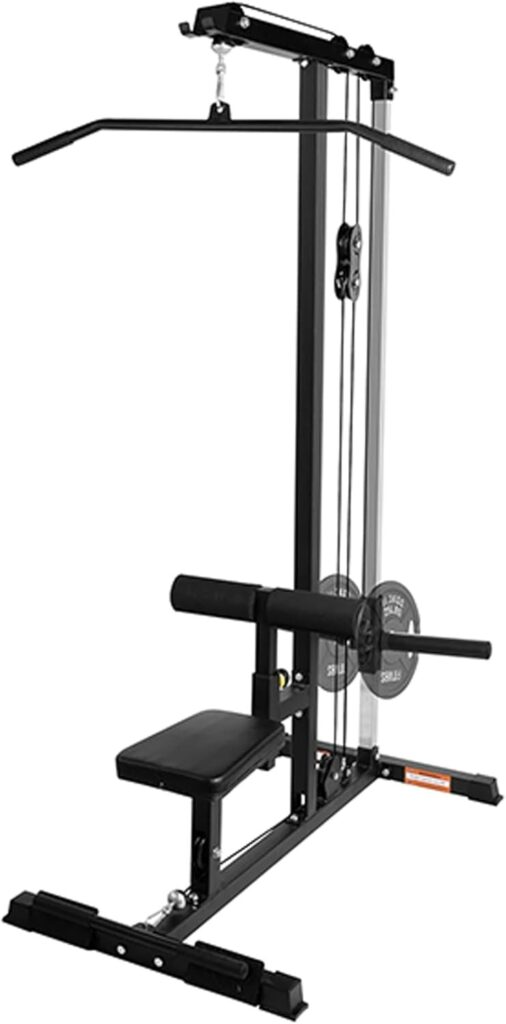
Muscles Worked: Primarily latissimus dorsi, with assistance from rhomboids, trapezius, and biceps.
Proper Technique:
- Sit with thighs secured under the pads
- Grasp the bar with hands slightly wider than shoulder-width
- Pull the bar down to your upper chest while keeping your back slightly arched
- Slowly return to the starting position with controlled movement
Common Mistakes:
- Pulling the bar behind your neck (increases injury risk)
- Using momentum rather than back muscles
- Failing to maintain proper spine alignment
Why It’s Great for Posture: The lat pulldown directly strengthens the latissimus dorsi, which helps pull your shoulders back and down, counteracting the forward shoulder roll common in poor posture.
2. Seated Row Machine
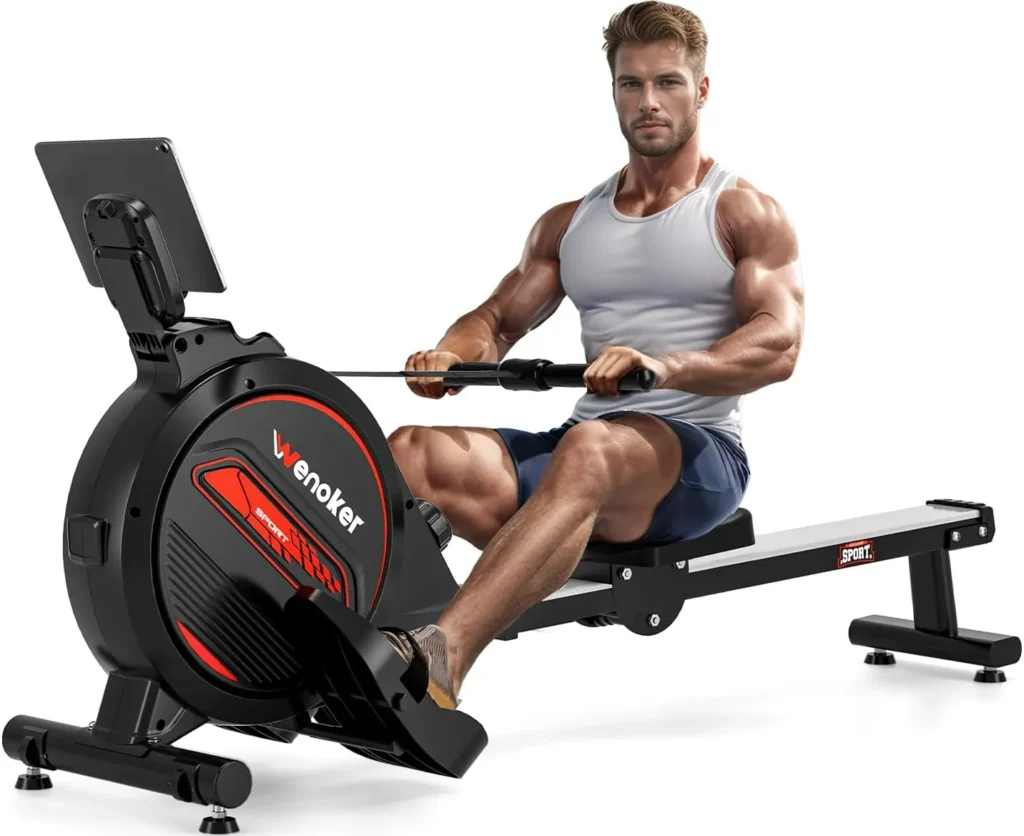
Muscles Worked: Rhomboids, latissimus dorsi, trapezius, and rear deltoids.
Proper Technique:
- Sit with feet firmly on the platform, knees just slightly bent.
- Grasp using arms stretched out
- Pull the handles toward your midsection, pulling your shoulder blades together.
- Straighten your back and try not to slink too far backward.
Common Mistakes:
- Rounding the back during the motion
- pulling from arms rather than back muscles
- Not employing controlled motion but jerking the weight
Why It’s Great for Posture: The seated row strengthens the rhomboids and middle trapezius, which are critical for pulling your shoulder blades back and maintaining proper alignment of the upper spine.
3. T-Bar Row Machine
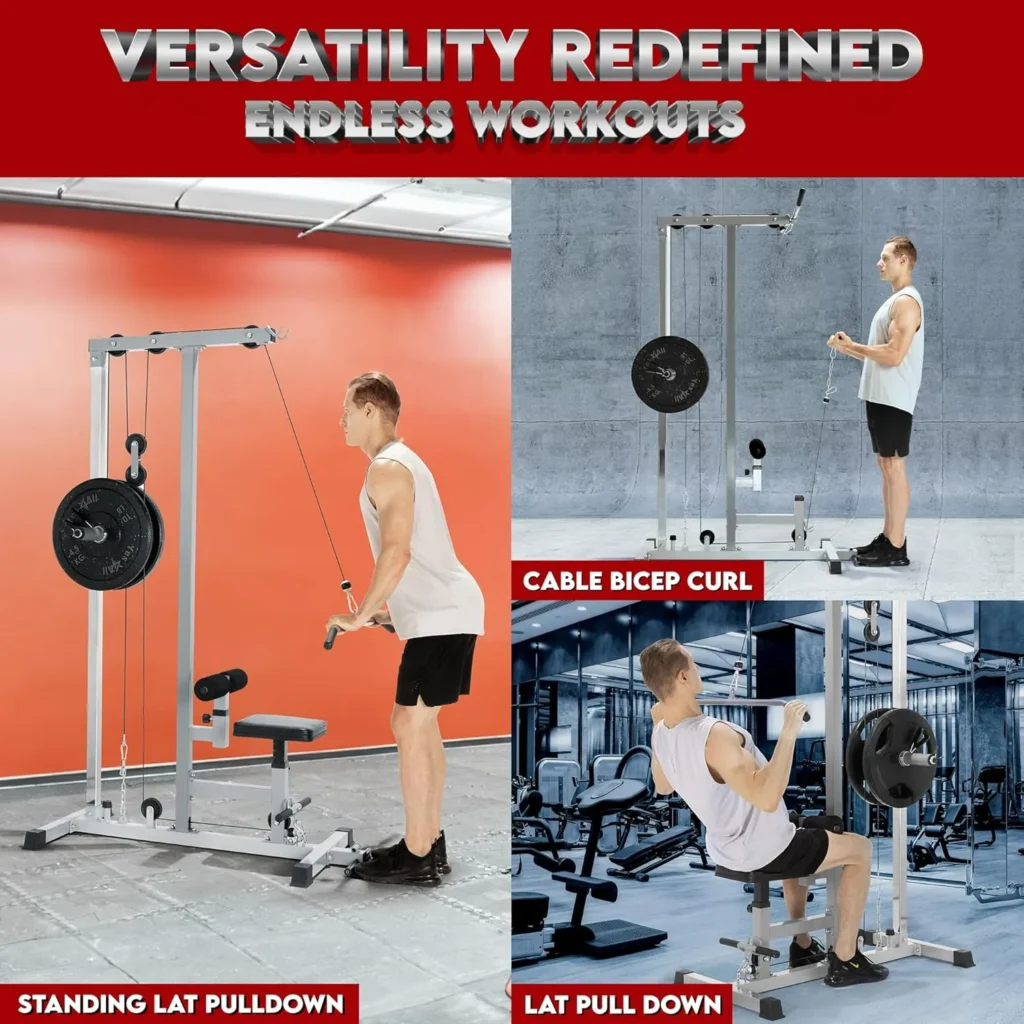

Muscles Worked: Lower lats, middle back, rhomboids, and trapezius.
Proper Technique:
- Chest against the pad, feet firmly set
- Grasp using arms stretched forward.
- Keeping elbows close to the torso, pull the handles up.
- At the highest point of the movement, squeeze shoulder blades.
Common Mistakes:
- Lifting with the lower back instead of the lats
- Insufficient range of motion
- Failing to maintain chest contact with the pad
Why It’s Great for Posture: The T-bar row targets the middle back muscles that support the thoracic spine, helping to reverse the forward slouch common in desk workers and smartphone users.
4. Back Extension Machine (Hyperextension)
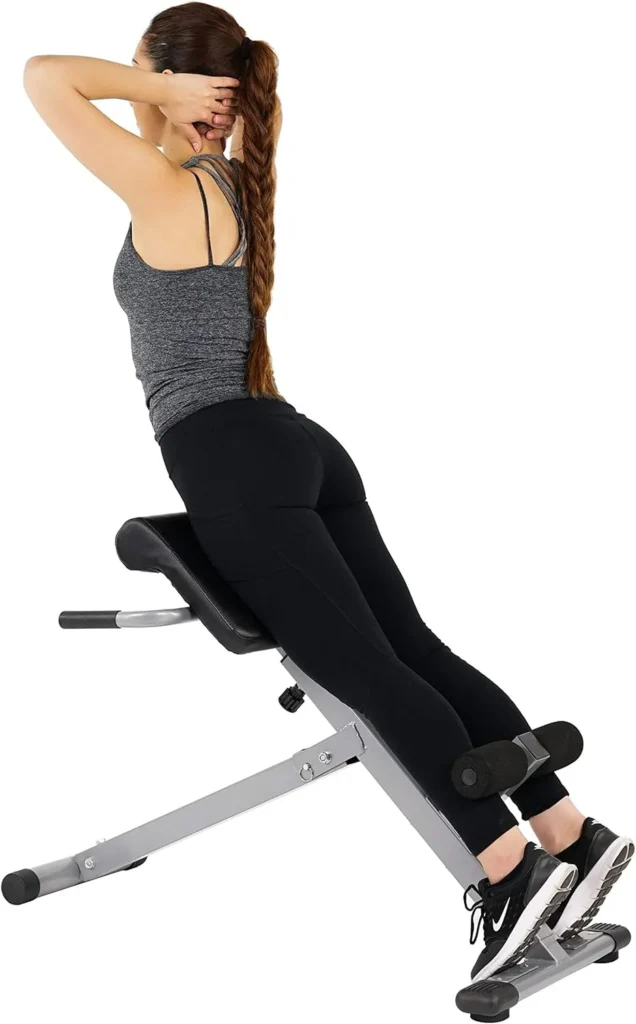
Muscles Worked: Erector spinae, glutes, and hamstrings.
Proper Technique:
- Secure feet under ankle pads, thighs against the pad
- Cross arms over chest or place behind the head
- Lower torso until approximately 45° angle
- Raise back up to starting position without hyperextending
Common Mistakes:
- Bending at the waist instead of the hips
- Hyperextending past neutral spine position
- Using momentum rather than controlled movement
Why It’s Great for Posture: This machine strengthens the often-neglected lower back muscles that support proper pelvic tilt and spinal alignment.
5. Pull-Up Assist Machine
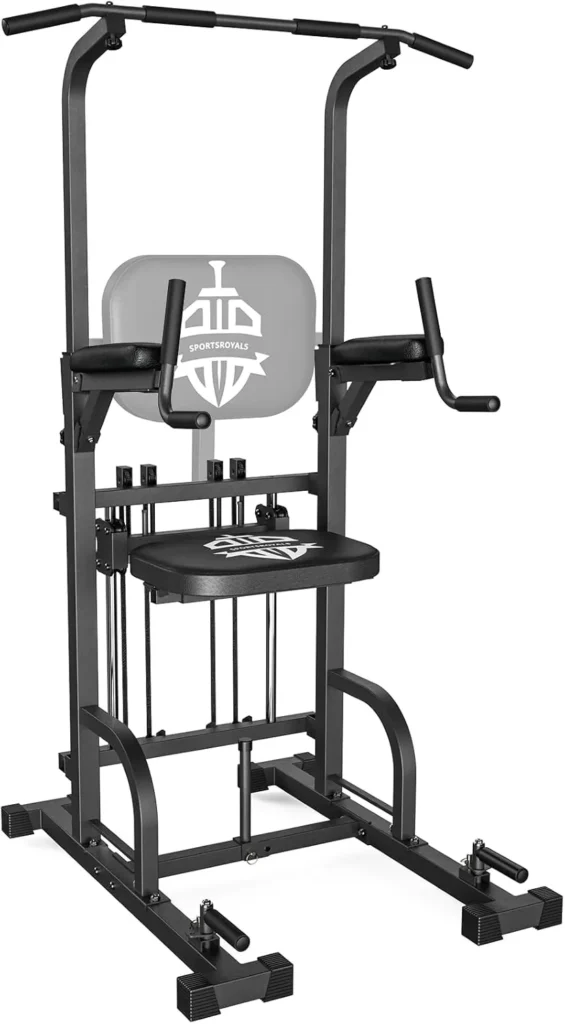
Muscles Worked: Latissimus dorsi, rhomboids, trapezius, and biceps.
Proper Technique:
- Change help weight to suit your needs.
- Hold the bar with hands wider than shoulder-width apart.
- Let weight help to support some of your body weight.
- Pull until the chin clears the bar; then, drop under control.
Common Mistakes:
- Using too much assistance weight
- Failing to engage core muscles
- Incomplete range of motion
Why It’s Great for Posture: Pull-ups develop exceptional back strength that helps counteract the forward-pulling force of the chest and shoulder muscles.
6. Rotary Torso Machine
Muscles Worked: Obliques, erector spinae, and rotational core muscles.
Proper Technique:
- Sit with spine neutral, feet secure
- Keep shoulders level and against the pads
- Rotate the torso to one side, then the other
- Maintain controlled movement throughout
Common Mistakes:
- Moving from hips instead of waist
- Using momentum to rotate
- Twisting too far beyond a comfortable range
Why It’s Great for Posture: This machine develops rotational strength and flexibility in the spine, which supports better overall posture and reduces the risk of back injuries.
Creating Your Optimal Back Workout Routine for Posture
Experience Level Machine Sets Reps Rest
Beginner Lat Pulldown 2-3 10-12 60 sec
Beginner Seated Row 2-3 10-12 60 sec
Beginner Back Extension 2 12-15 60 sec
Intermediate Lat Pulldown 3 8-10 90 sec
Intermediate T-Bar Row 3 8-10 90 sec
Intermediate Pull-Up Assist 3 8-10 90 sec
Advanced Pull-Up Assist 4 6-8 120 sec
Advanced Seated Row 4 6-8 120 sec
Advanced T-Bar Row 4 6-8 120 sec
Advanced Rotary Torso 3 10-12 90 sec
Frequency: For optimal posture improvement, train your back 2-3 times per week with at least one day of rest between sessions.
Progression: Increase weight by 5-10% once you can complete all sets and reps with perfect form.
Complementary Exercises: Pair back workouts with exercises for rear deltoids, core, and chest stretches for balanced development.
Safety First: Protecting Your Back While Building It
- Before using back workout machines, always warm up for five to ten minutes on light cardio and dynamic stretching.
- Start light: Though they seem too simple, start with weights that permit excellent form.
- Ask your body what it wants. Sharp discomfort is never natural; separate muscle tiredness from possible injury.
- Breathing is important: During effort, during the pulling phase, exhale; during the return phase, inhale.
- Advancement proceeds gradually. Try to increase your weight only by 10% weekly.
- Think about professional direction: One session with a qualified trainer will guarantee correct form on back strength machines.
Choosing the Best Back Workout Machines for Your Needs
When selecting back workout machines for your home gym or deciding which to use at your fitness centre, consider the following:
- Space and Budget: High-quality back machines can range from $500 to $3,000+ for commercial-grade equipment.
- Versatility: Multi-function cable machines offer the most exercise variety in the smallest footprint.
- Adjustability: Machines should accommodate your body size and allow for incremental weight adjustments.
- Build Quality: Look for smooth movement, solid construction, and quality padding.
- User Reviews: Research experiences from others with similar fitness goals and body types.
For those with limited space, a cable machine with lat pulldown and row attachments offers the most back exercise options in a single piece of equipment.
Frequently Asked Questions
Q: Can current lower back discomfort benefit from back workout machines? A: While they can assist, first see a healthcare provider. Beginning with supervised, light resistance exercises emphasizing correct form,
Q: For novices, which back workout machine is best? A: For novices, the lat pulldown machine is great since it can be tuned to extremely modest weights and offers regulated action.
Q: Can using back workout machines help me see posture changes rather quickly? Most people see the first benefits in two to four weeks of consistent training (two to three sessions a week), with major changes after eight to twelve weeks.
Q: Can back workout machines assist with phone-related tech neck? A: Certainly! Strengthening your neck and upper back muscles helps offset the forward head posture typical of too much device use.
Q: Is it common for new users of this equipment to experience back discomfort? A: While muscle tiredness is common, you should never have severe or shooting discomfort. Start modestly and progress slowly.
Stand Tall: Your Path Forward with Back Workout Machines
Using back training equipment helps one to regain comfort and stop future discomfort, not only in terms of appearance. Strong back muscles help you to maintain correct alignment throughout your body, thereby enhancing confidence and breathing as well as other aspects.
Recall that in terms of posture correction, consistency beats force. Regularly with excellent form, even modest resistance training on back workout equipment will show amazing changes over time.
Go to that initial step right now. Review your present posture, note the back machines you have access to, and start a disciplined program emphasizing form above everything else. Your future self—taller, more free-moving, less painful—will reward you for the investment you make today.
All set to change your posture using back exercise machines? See a fitness specialist to design a customized program that fits your particular postural issues and starts you on the road to a stronger, more aligned you.





